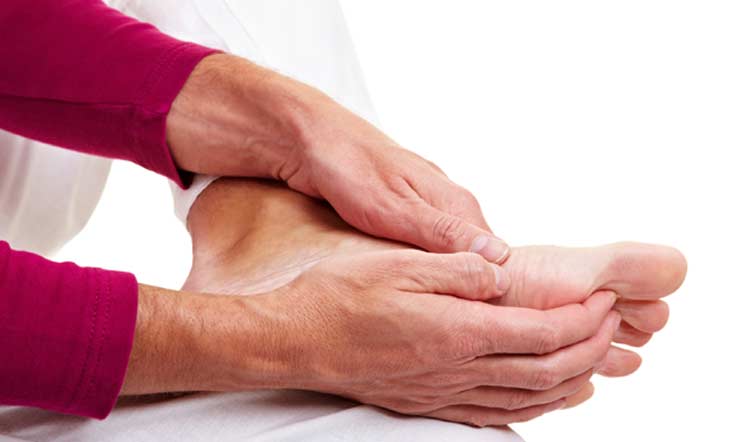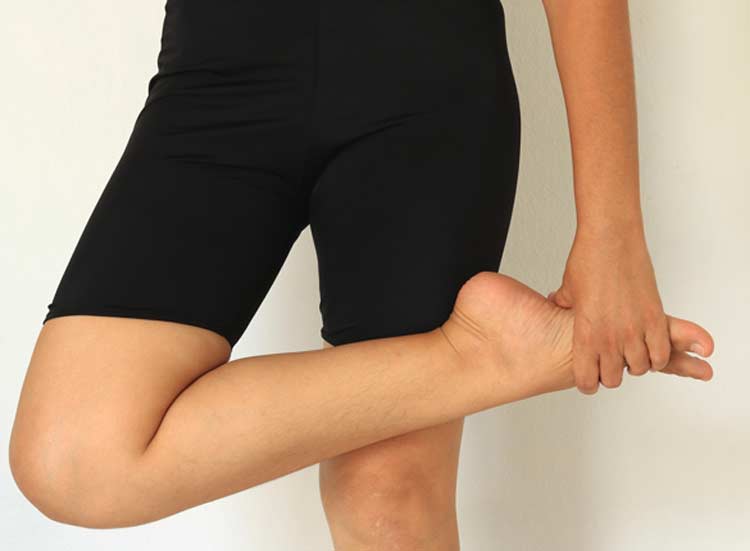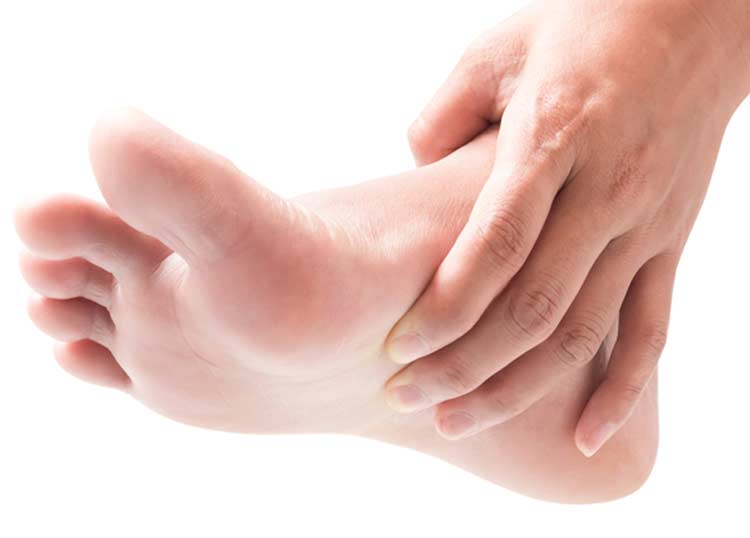
Discover how we can help you find relief from accessory navicular syndrome.
Accessory navicular syndrome is a condition involving some level of discomfort from an extra piece of cartilage or bone on the inner part of the foot above the arch. Present at birth (congenital), the additional posterior tibial tendon or bone may not be problematic at all if somebody with this abnormality has no foot pain because of it.
- If the extra bone is causing pain, there are several non-surgical treatments that can be tried before surgery is considered.
- In many cases, steps can be taken to minimize discomfort from accessory navicular syndrome.
Causes of Accessory Navicular Syndrome
The extra bone sometimes forms when the last of the seven tarsal bones (the navicular bone) develops. If this bone fails to unite during normal development in early childhood, an accessory (extra) navicular bone is the result. It’s estimated that this abnormality is present in about 5-14 percent of all feet.
People with this extra bone may develop pain from it later from a foot injury or another condition that affects the foot in the same area. Sudden trauma from a sprained ankle or foot, for instance, may cause the extra bone or tissue to become painful. Additional causes and risks factors include:
- Overuse of the bones, tendons, ligaments, and muscles of the foot
- An underlying condition such as diabetes that affects feet
- Chronic irritation from shoes that don’t fit properly rubbing against the extra bone
- Having flat feet


Signs and Symptoms
Signs and symptoms of the abnormality typically appear during adolescence. It’s because this is the time when cartilage is developing into bone and bones that already exist in the foot are maturing. So, if the extra bone was once soft and flexible, it may start to cause pain when it becomes a more rigid structure during adolescence.
Early signs of accessory navicular syndrome include a noticeable bump or elevated area around the part of the foot by the arch (mid-foot area). The mid-foot area may also become inflamed or appear red and become tender to the touch. Even if there is no visible prominence on the foot, the extra bone may become irritated during periods of activity. In some instances, pain will only develop later in life if the foot is injured or affected by another condition.
Diagnosing Accessory Navicular Syndrome
Accessory navicular syndrome is diagnosed with an initial examination of the foot and a review of a patient’s reported symptoms. A referral may be made to a podiatrist to make a positive diagnosis if symptoms aren’t specific enough to confirm the condition. The patient’s foot may be gently pressed to determine if it’s the extra bone or tissue that’s causing discomfort.
More advanced testing may include testing the foot’s flexibility and the strength of supporting muscles and other soft tissues. A diagnosis is usually confirmed with an X-ray. In some cases, an MRI scan may be done to determine the extent of damage to nearby soft tissues from the irritation of the accessory navicular.
Non-Surgical Treatments
The purpose of conservative (non-surgical) treatments for accessory navicular syndrome is to manage symptoms, not correct the deformity. Non-steroidal anti-inflammatory drugs (NSAIDs) are usually recommended to ease tissue swelling. Steroid medication may also be injected directly into the affected part of the foot along with a local anesthetic to provide relief.
The affected foot is sometimes immobilized temporarily until the irritation around the bone subsides. This can be done with a removable walking boot. Patients may also be told to modify activities and rest the foot that’s painful as much as possible. Ice applications may also help reduce tissue inflammation.
If arch issues are contributing to pain from accessory navicular syndrome, custom inserts and similar devices may be recommended. Some patients report a noticeable reduction in symptoms from physical therapy exercises to strengthen muscles and other soft tissues that support the affected foot.
Surgery for Accessory Navicular Syndrome
Some patients reach a point where conservative treatments only provide temporary relief. If this is the case, surgery may be recommended to correct the deformity. Surgery typically involves removing the accessory bone, repairing the posterior tibial tendon, and restructuring the foot back to a normal appearance. The extra bone is not necessary for proper foot functioning.
It’s not possible to prevent an abnormality like accessory navicular syndrome. However, it is possible to make smart decisions when it comes to how you care for your feet. Wearing comfortable shoes that provide sufficient support and seeking treatment for any sudden or worsening foot pain can increase your odds of responding well to treatment recommendations. Accessory navicular syndrome is an inherited condition. Yet every person will have a different experience with it.

